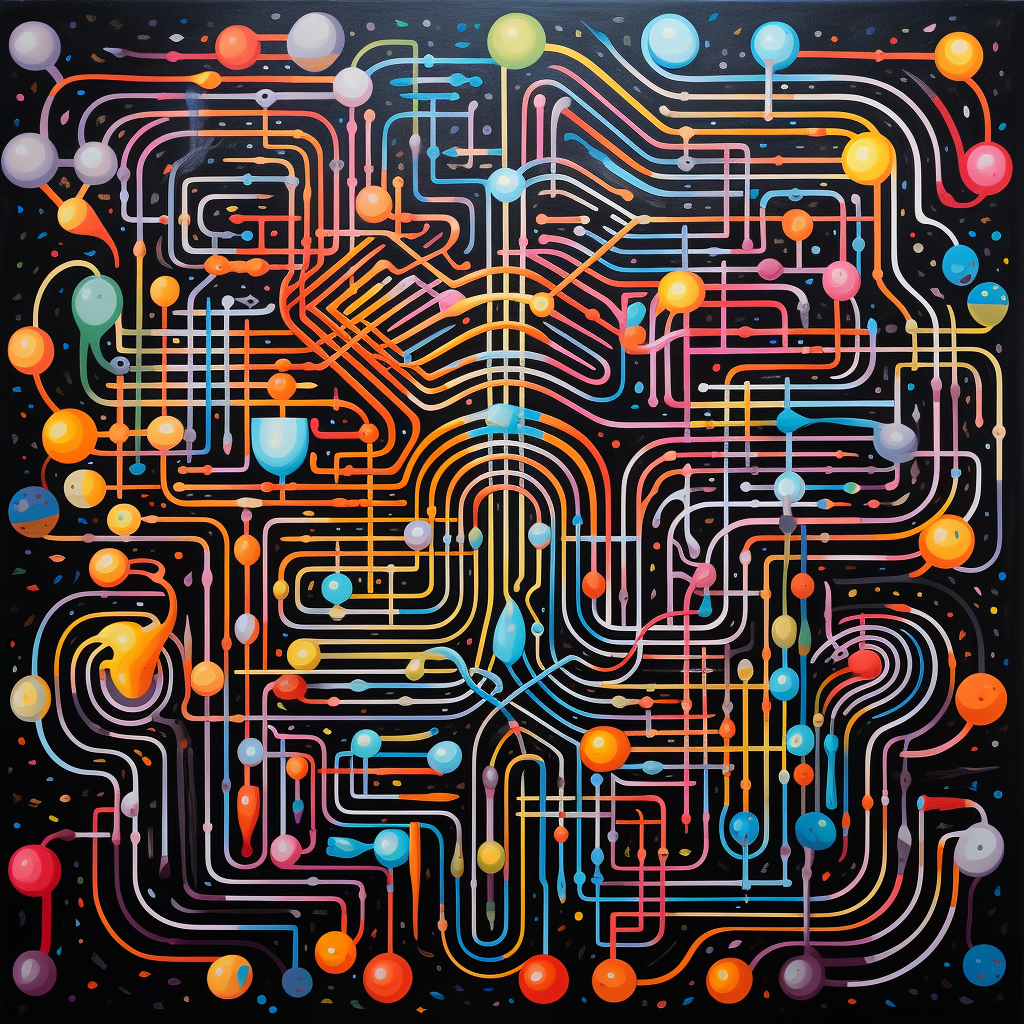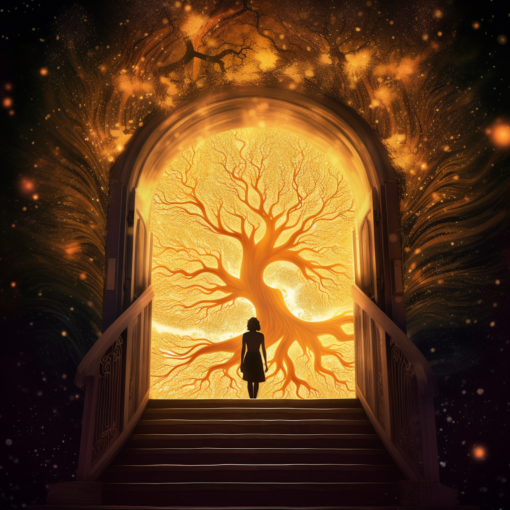Greetings, dear reader,
Today, we embark on an exploration of a remarkable neurodevelopmental condition, Attention-Deficit/Hyperactivity Disorder (ADHD). A condition that, like the many threads in a complex tapestry, weaves a unique pattern of behavior and cognition, creating a rich and varied landscape in the minds of those who experience it.
ADHD, commonly characterized by symptoms of inattention, hyperactivity, and impulsivity, affects both children and adults. Yet, beneath these symptoms, lies a nuanced spectrum of cognitive and behavioral diversities that often go unnoticed or misunderstood.
The term ‘Attention-Deficit’ can be somewhat misleading, for it is not a lack of attention that marks this condition, but rather, an inconsistent application of it. People with ADHD might find it challenging to focus on tasks they perceive as mundane or unstimulating, yet can exhibit an extraordinary level of focus, often termed ‘hyperfocus,’ on activities that ignite their interest. This paradoxical behavior, while perplexing to the uninitiated, hints at the divergent thinking patterns that form the crux of ADHD.
Another distinctive facet of ADHD is the proverbial ‘hyperactivity’. Now, this doesn’t always manifest as physical restlessness, contrary to popular belief. It might instead present as rapid, racing thoughts or an insatiable thirst for stimulation and novelty.
Impulsivity, the third hallmark of ADHD, often translates to spontaneity and creativity. Yes, it might sometimes lead to hasty decisions, but it also bestows the ability to think outside the box, to veer off the beaten path, and to make intuitive leaps that might escape a more methodical mind.
Living with ADHD isn’t without its challenges. Tasks that demand organization, timely execution, or prolonged attention can become Herculean trials. However, equipped with understanding and appropriate strategies, these obstacles can be navigated and even leveraged to one’s advantage.
An important truth we must confront is that our society, with its predilection for uniformity and rigid structures, often fails to accommodate the unique cognitive styles of individuals with ADHD. What if, instead of trying to ‘normalize’ these divergent minds, we celebrate their uniqueness and capitalize on their strengths? After all, our world is enriched by diversity, not diminished by it.
Indeed, we all have much to learn from ADHD, about valuing difference, about resilience, about the boundless diversity of the human mind. So, let us strive for empathy, for understanding, and for acceptance. For in doing so, we create a world where everyone, regardless of how their mind is wired, can thrive.
Till next time, dear reader, may your quest for knowledge be ever insatiable, and your thirst for understanding, unquenchable.
Yours in curiosity,
Percival Q. Higginbottom

Further Reading and Resources:
- ADHD: The Basics: This is a comprehensive guide from Understood.org that explains the basics of ADHD, including symptoms, types, and treatment options.
- ADHD: Overview: Mayo Clinic provides an in-depth overview of ADHD, addressing its causes, symptoms, diagnosis, and treatment.
- Adult ADHD: ADDitude Magazine offers a wealth of resources on adult ADHD, from understanding symptoms to managing daily life and relationships.





8 thoughts on “Unraveling the Complex Tapestry of ADHD: A Journey into the Mind”
Thanks for sharing. I read many of your blog posts, cool, your blog is very good. https://accounts.binance.com/pl/register?ref=YY80CKRN
Can you be more specific about the content of your article? After reading it, I still have some doubts. Hope you can help me.
Thanks for sharing. I read many of your blog posts, cool, your blog is very good.
I don’t think the title of your article matches the content lol. Just kidding, mainly because I had some doubts after reading the article.
Your article helped me a lot, is there any more related content? Thanks!
Hey guys, been playing on lucky98 lately and it’s pretty solid. Games are fun and the site is easy to use. Definitely worth checking out! Go give lucky98 a try.
What’s up guys? Trying out medusagamevn. The themes are interesting. Could be a fun time killer. See what you think at medusagamevn
Your point of view caught my eye and was very interesting. Thanks. I have a question for you.